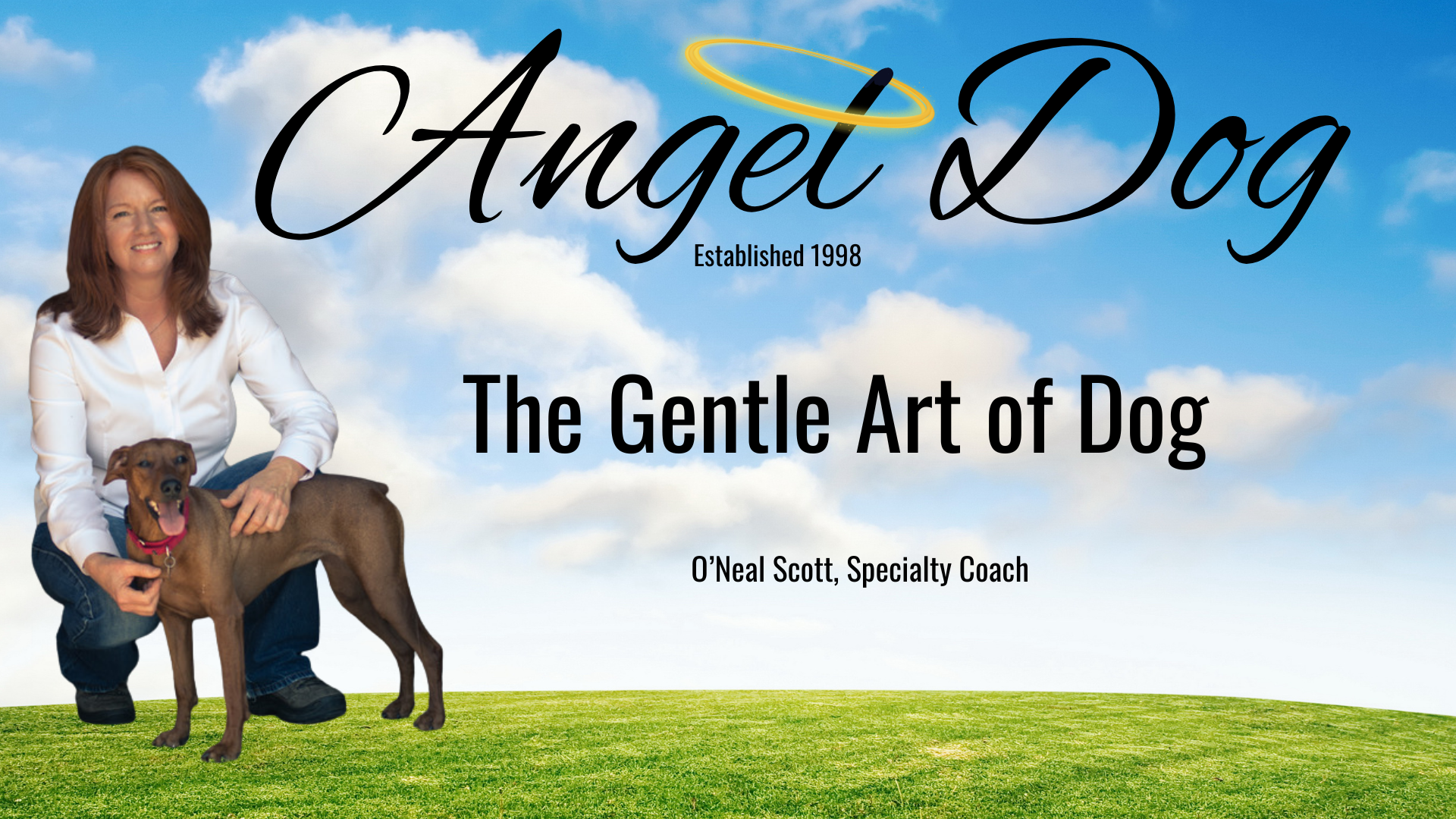This is such a common complaint from dog owners.
The number one cause for a dog not performing as desired is the person. You read that right – the person.
I am blessed to work with wonderful people and dogs. Almost always we become friends and we see each other after the training program has completed.
And, it makes me sad to see how a beautifully working team at the time of graduation has fallen away to disappointment and frustration. That’s from the human’s point of view. And you know what? It’s the dog’s point of view as well.
Back are the leash tugging and pulling, the jumping, the raised voice, and the unresponsive dog.
My friends, previous clients, have slipped out of the good skills that made a great working team. They are embarrassed when I see them with their dog and how the gorgeous and smooth team has deteriorated and slid into poor behaviors. They mumble about how the dog isn’t listening and failing to be responsive. I don’t even have to say anything. I look at them and we all know it’s the performance of the person causing the problems. (And still, many allow the team performance to drop further and further.)
I usually ask if I may work with the dog and yep, the dog’s skills are all present and right there. The beautiful heel, the solid sit-stay, the immediate responsive come to perfect front and center to me, waiting politely at the door. So what is happening?
The weak link is the person. A very dear friend has changed the sit to “sit down”. The poor dog is confused. What do you want? Sit? Down? She goes up and down and ultimately gives up and dashes away from the chaos while her person keeps repeating the same mixed message, mixed hand signals and upping the volume and frustrated energy. I want to run away too.
Adding to it, other family members have created their own set of words and signals and often I’ve seen family members all talking at once to the dog while raising their voices to get their confusing points across to a dog that was not trained to these words or cues or confusion.
So what is my advice? Slow down. Go back to the basics. Ask someone to give kind, constructive feedback on your communication and skills. Recurrency training is invaluable to keep the team in teamwork. Everyone benefits!
Better than recurrency training is consistency. If you get in the good habit of being consistent, you and your dog can count on this excellent communication and great bonding relationship. People seem to expect peak performance from their dog while they fall way off course. When this happens, the price is high. The dog’s world gets smaller since “she doesn’t mind anymore” and she isn’t welcomed or she is too difficult to manage so she stays home alone. (And often crated.) She didn’t cause the problem. And she isn’t the problem. Her behavior is the result of her person’s behavior altering without bearing in mind it is a team and her teammate isn’t showing up.
So my request to you from your dog is to practice your trained skills. Once you have them back on track, leash your dog and work as a team. You will find your dog needs only a fraction of the time you did to once again happily be your teammate. Bring back the loving relationship.
Your dog will have those amazing manners and be included once again in all the fun. (Wink) It’s up to you, the human, to get and keep your skill set in place. You will both be happier and your relationship will continue to grow with this commitment and action. You all deserve to receive those compliments of how wonderful your dog is! It is the result of a wonderful team.
P.S. If you have a problem, I’m happy to help. WOOF!

Recent Comments